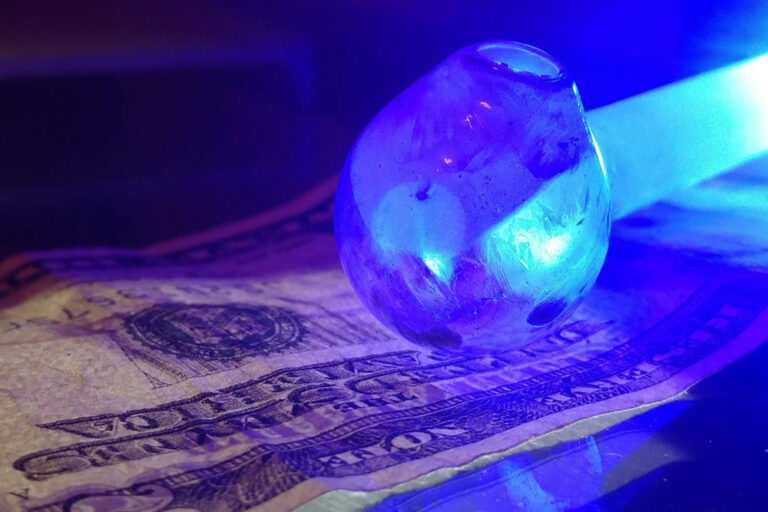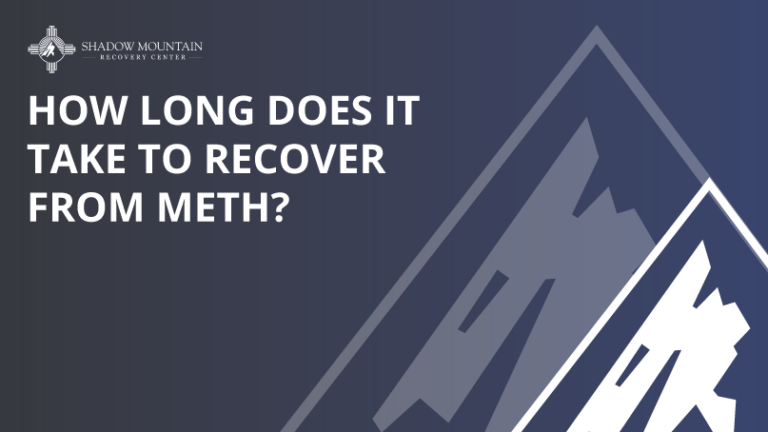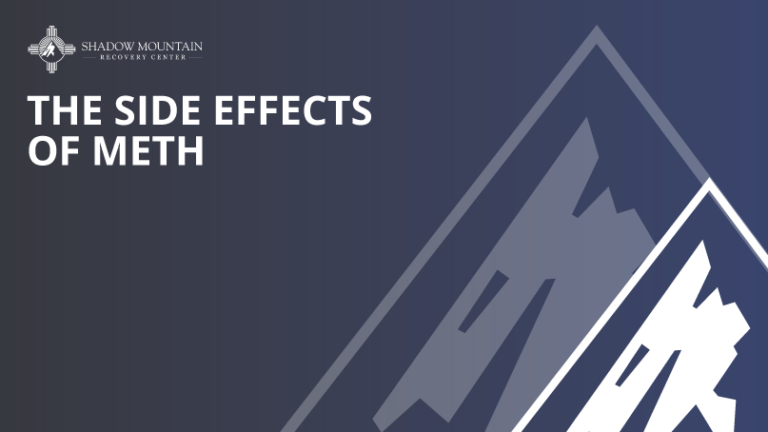What Are Meth Mites
Growing up in a rural town, talk of meth usage was not uncommon. I don’t remember where I learned it, but early on I knew that some people with methamphetamine use disorder had scabs on their bodies. The reason behind the scabs is usually a hallucinatory symptom known as “meth mites.”
“Meth mites” has become a common term used to describe one of the types of hallucinations that can come from repeated methamphetamine usage. Many users have reported feelings of bugs crawling on or under their skin. The feeling becomes so annoying that they will try a variety of means, no matter how harmful, to get the sensation to stop. The most common way many try to alleviate the annoyance is by picking at the skin in easy-to-reach areas, like the non-dominant hand or face.
Despite how it feels at the moment, there are no actual bugs causing them to pick at their skin. Instead, the sensation comes from long-term methamphetamine usage, which can lead to hallucinations.
Causes Of Meth Mites
Methamphetamine, or meth, is the main source of meth mites, as the name implies. Meth use affects people in a variety of ways depending on how long they’ve been using the substance. The short-term effects of meth are similar to those of other stimulants such as cocaine, from increased activity to high blood pressure and low appetite.
When used long-term, however, meth can come with serious side effects:
- Extreme weight loss
- Severe dental problems
- Memory loss
- Anxiety
- Difficulty sleeping
- Violent behavior
- Paranoia
- Hallucinations
The concept of picking at your skin until it bled always seemed so unreal to me, it seemed painful, so what leads to people behaving this way? As mentioned above, long-term meth use can lead to hallucinations, which is what meth mites are. They can be visual or sensory hallucinations. Some people report seeing actual bugs crawling on their skin, while others get the strong sensation of something being under their skin and moving around. Most commonly these sensations occur in high-visibility areas like the arms, or easy-to-access areas like the face.
Due to a combination of the intensity of these hallucinations, and other symptoms of long-term use like paranoia or anxiety, people experiencing meth mites are sometimes willing to go to the extreme of hurting themselves to try and alleviate the sensation.
Can Meth Mites Lead to Other Problems?
Meth mites cause a variety of self-harm as a means of reducing the hallucination’s irritation. The most common reaction to “meth mites” is picking at the skin, which leads to liaisons and scabbing. Other studies have shown people utilizing cigarette butts to burn their skin in an attempt to “kill the bugs.”
Repeated, untreated burn wounds, or having open lacerations on a regular basis always run the risk of infection. Continuous picking at scabbing, or “meth sores,” can also lead to scarring in the affected areas.
On top of that, long-term usage of meth comes with a higher risk of the person contracting blood-borne illnesses such as HIV or hepatitis B and C. HIV compromises the body’s immune system, which can make potential infections born from meth mites more dangerous.
When Do Meth Mites Occur?
One thing I didn’t know when I was younger was that one-time usage or even short-term usage of meth will not lead to hallucinations for the person partaking. But when does short-term usage turn into long-term?
Meth increases the amount of dopamine in a person’s brain, which is a reward chemical in the brain. Because of this, the happiness that might be experienced during use can lead to a desire for repeated use. Long-term use is normally classified as frequent and repeated use. It’s when the desire to use meth negatively impacts someone’s quality of life.
Long-term exposure to meth can damage and alter the way the brain functions. This is what leads to the hallucinations that can cause meth mites.
Meth Mites And Mental Health
Meth is a very addictive drug because of the way it makes people feel when they use it. It primarily affects dopamine levels within the brain. It is not uncommon for those who already have mental health concerns, or other stressors in life, to utilize substances as a means of managing the symptoms they’re experiencing.
Unfortunately, long-term meth usage can lead to more mental health issues down the road.
Hallucinations are not the only dangerous side effect of methamphetamine use disorder. Other symptoms, like anxiety and paranoia, can also have a negative impact on mental health.
Here at Shadow Mountain Recovery, we understand how substance use disorders can impact, or even be a way to cope with your mental health. Anxiety and paranoia can have a lasting impact, even after detox and rehab. If you want to learn more about meth addiction and the treatment process, you can read more here.
Risk And Side Effects Of Meth Mites
Even though meth mites might be one of the more noticeable symptoms of a methamphetamine use disorder, it’s not the only risk you or your loved one needs to consider. There are other side effects and changes that can happen as a result of long-term meth use.
Meth affects the structure of the brain’s dopamine system, which can cause reduced coordination while negatively impacting verbal learning systems. Studies have shown that long-term meth use can lead to severe changes in the brain in the areas that deal with emotions and memory.
If you notice meth mites, be aware of the other risks that can come from long-term meth use. You can overdose on methamphetamines. In addition, long-term substance use of meth has been known to cause psychosis or even schizophrenia.
Treating Meth Mites
While the surface wounds caused by meth mites, such as open wounds or burn wounds, can be treated using proper topical ointments and keeping them covered to let them heal, this won’t fix the root issue. The only way to truly treat meth mites is to stop using meth.
Substance use is a complicated disorder, but treatment doesn’t have to be. Here at Shadow Mountain Recovery, we offer a variety of alternative and holistic, evidence-based treatments in order to help those who are looking for a road to recovery. Our detox services can help you through methamphetamine withdrawal, and our inpatient and outpatient services can guide you through your recovery journey.
FAQs About Meth Mites
What should you do when someone is experiencing meth mites?
Meth mites are a very visible symptom of methamphetamine use disorder. If you notice scabbing or other repeated wounds on your loved one, you might want to talk to them about their potential source. Remember to be open and understanding when talking with them about it.
Why do meth mites happen?
Methamphetamine alters the brain and its function over time. The longer one uses meth, the higher the risk one runs of experiencing hallucinations. One of the more common hallucinations is the visual or sensory hallucination of bugs being on or under the skin, also known as “meth mites.”









